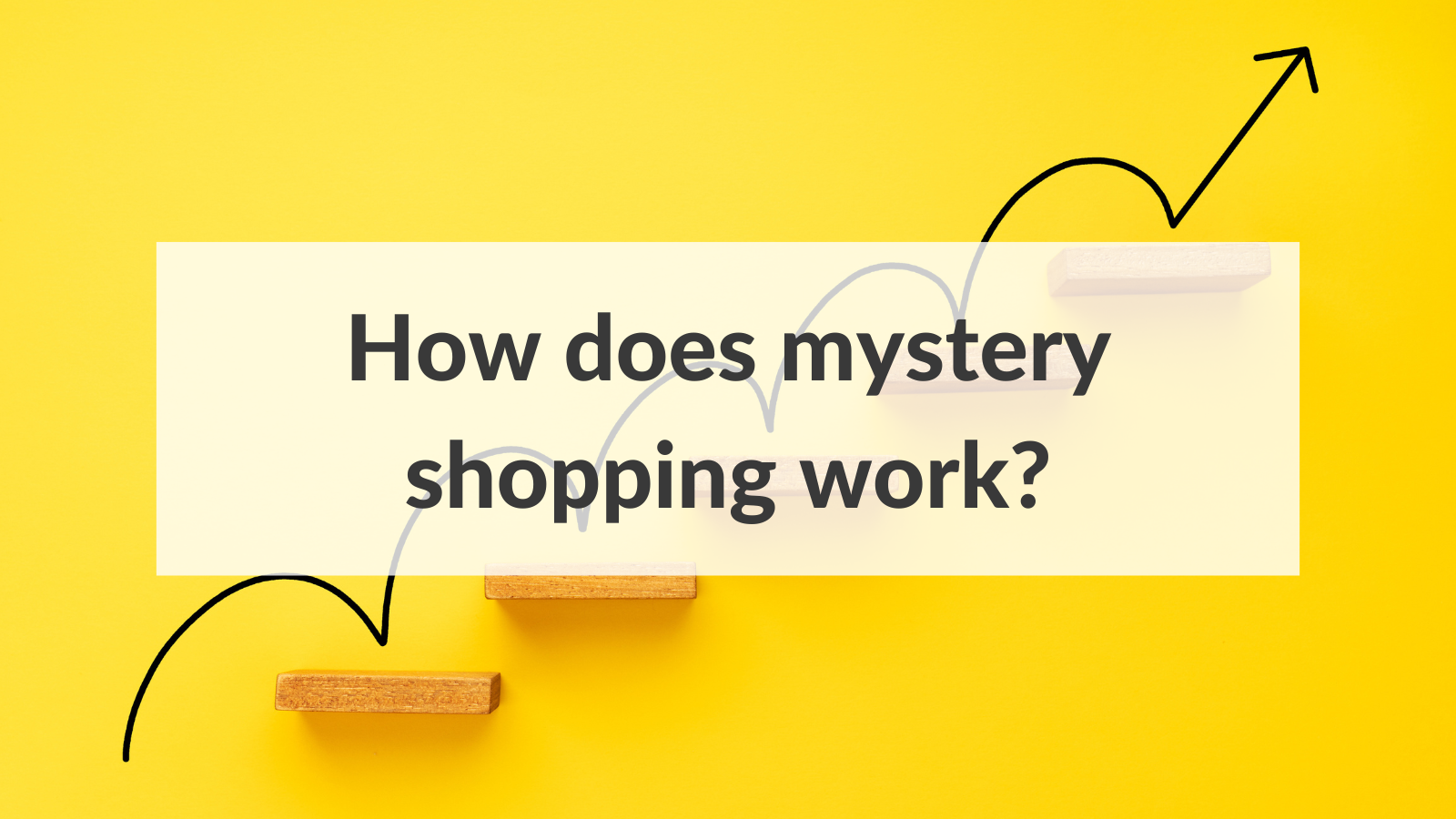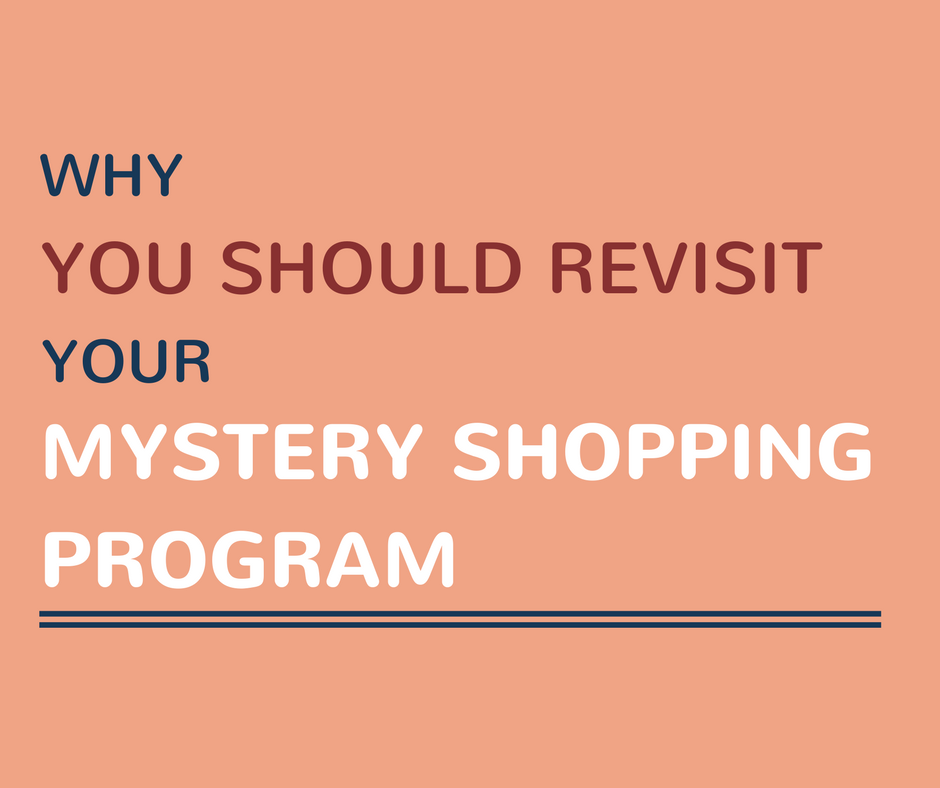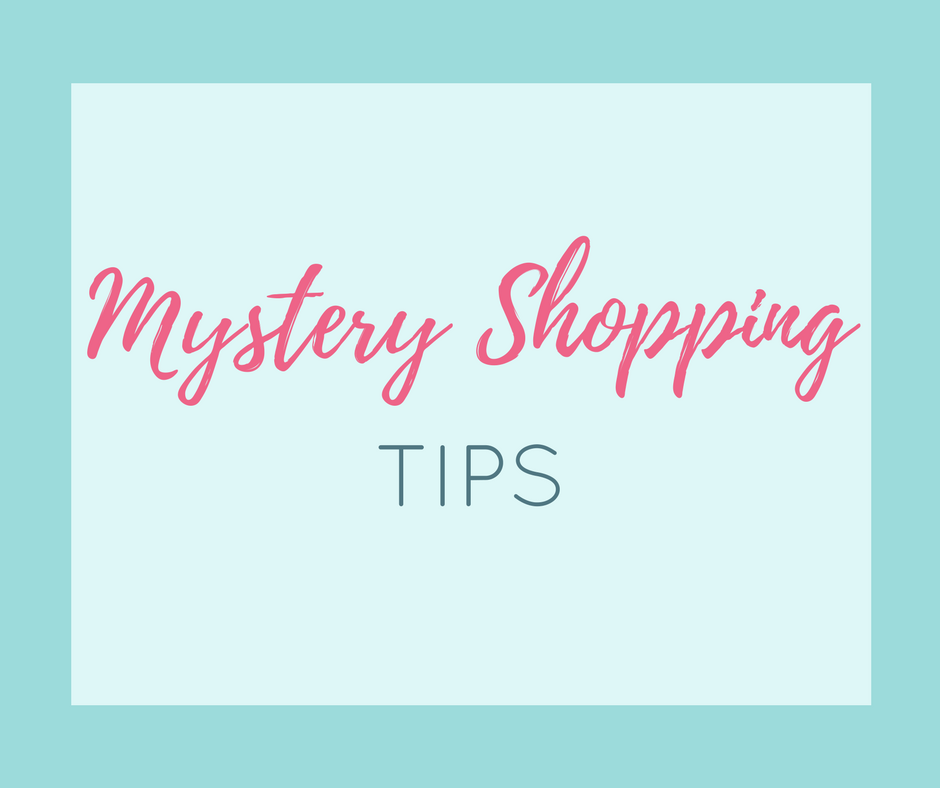The Mystery Shopping Process in 5 Steps
With any good meal, the ingredients and the steps that go into preparing it are integral to the final product. And mystery shopping programs aren’t...
6 min read
Jon Laurie-Beaumont November 11, 2021

Mystery shopping works. But, to reap the rewards, you need the right program, the right questions, and the right partner.
Whether you are looking to launch a new program or improve an existing one, we want to provide you with the knowledge you need. That’s why we hosted our first live Ask Me Anything where our President & CEO, Cameron Watt, and CXO, Lisa van Kesteren, answered your question on how to build a high performing mystery shopping program that delivers results.
We've included a recording of the entire session below, or keep reading for the Coles Notes version.
“There’s been nothing but change since then,” say’s Cameron. Programs have been mirroring Maslow's hierarchy of needs in regards to the changes of consumer requirements and behaviours. In 2020, people’s needs shifted quickly away from the higher levels such as self-actualization or feeling like a valued customer in favour of more basic physiological and safety concerns.
“I think the biggest item on a lot of people’s lists was ‘could I find toilet paper?’ And it was difficult to see if someone was smiling behind a mask. So, what we measured changed.” Mystery shopping programs temporarily shifted away from the traditional focus on customer service and interactions with employees towards operational delivery of a safe environment and available products.
What channels were monitored also changed with the outbreak of the pandemic. “So many brick-and-mortar locations shut down that there was less opportunity to send mystery shoppers to physical locations” adds Lisa. This meant measuring alternative ways of engaging with brands such as phone lines, mobile apps and delivery services became even more important.
Throughout 2021 we’ve seen a return of pre-pandemic concerns, but there has remained a heightened need to monitor the proper execution of safety protocols. The result has been the return of traditional mystery shopping programs alongside the additional programs driven by the pandemic.
“Most of our meetings with clients start with exactly that question,” replies Lisa. The first thing to determine is what you are planning to do with the data. Whether you’re looking to measure if a training program was effective, monitor ongoing operational initiatives or any other aspect of your business, ensuring all your stakeholders agree on the intention of your program is key.
We’ve found that people can get excited about all the information they’re able to collect through a mystery shopping program and, when this happens, there can be a tendency to want to collect so much data that the overall program loses direction. Identifying key KPIs around your initiative, limiting your questions to ones related to these and then measuring the change in your KPIs throughout the duration of your program will help maintain focus and better track the impact of your program.
“There’s a lot involved in a CX program,” explains Cameron. To manage customer satisfaction (CSAT) surveys, social media, mystery shopping, auditing programs and more internally simply isn’t feasible for most brands.
Some companies do use internal employees for mystery shopping and, while internal programs can be well designed, most of the time there are issues with data quality and costs associated with them. Internal programs raise questions about objectivity. “Even if there is no bias, the perception that there could be is an issue,” explains Lisa. It gives operators who don’t like the results a basis upon which to challenge them.
“Operators are smart. As soon as anybody gets a whiff of internal mystery shoppers, everybody immediately knows all about them through the back channels.” This makes it very difficult to maintain the integrity of internal mystery shopping programs. Employees can be used to conduct overt audits if paired with the right technology to collect data from the field but, when it comes to mystery shopping, third party partners offer a complete layer of anonymity and objectivity.
“I've always believed that quality control is not just a matter of reviewing the surveys submitted by mystery shoppers,” says Lisa. Ensuring you are recruiting quality shoppers, treating the mystery shoppers in your database well, and being realistic about what can be completed in the field all have a big impact on the quality of the data collected. Adding questions that help confirm a shopper was at the correct location and at the right time as well as ensuring the same photos are not being used for multiple visits can also help protect the integrity of your data.
As soon as there is a negative impact on the location or employees, all the focus is on justifying the results or, as Cameron puts it, “why what you said I did wrong, I didn't do wrong.” Potential issues discussed earlier such as any bias of the mystery shoppers or possible data collection errors become even bigger topics for debate.
When you replace negative ramifications with positive incentive, people will focus less on defending themselves against reprisals and more on what they can improve to receive that incentive. “Your complaints about the program go down. The people trying to justify themselves go down. People trying to prove the results are wrong go down,” expands Cameron.
“I think that the best relationships between brands and mystery shopping providers are based on transparency,” replies Lisa. Vendors are there to help you succeed so making sure they understand exactly what you’re trying to achieve will help them do just that. Establishing a mutual trust can often lead to more efficient and effective programs.
Promoting the mystery shopping program to the employees in the field is also important. Whether there is a stick or carrot, there will still be pushback from operators who don’t receive the score they wanted. Supporting the program as a whole – the credibility and positivity it brings to your brand – is a foundational piece of a positive relationship between your brand and services provider.
Any considerations for different types of locations is determined by the client we are building the program for. Our system allows questionnaires to be tailored in any manner - making it easy for us to design and execute a program that accounts for all the client’s requirements. However, most clients do not change their standards based on location factors and opt instead to take these factors into consideration when following up with individual locations.
“In a well-designed mystery shopping program, the questions are predominantly objective and don’t leave room for any bias”, says Lisa. This means yes or no questions rather than ones that ask for any kind of interpretation. Including some observational questions can provide helpful context, but the focus of an effective questionnaire should be objective data points.
“If there is a subjective question,” adds Cameron, “you can learn a lot, but you have to know it’s from somebody who's been sent in with certain expectations so it's not the same as a regular customer.” Using route shoppers, people who travel around, can also help avoid sending in a local who is known for mystery shopping in certain rural locations thereby impacting the data collected.
“In Canada, we are by far the largest player in the space so in terms of our capabilities in Canada it's extremely positive relative to the competition,” says Cameron. “In the US we are one of the largest,” he continues. “In terms of our overall corporate capabilities and advantages the first thing I have to say is technology.” Most competitors use external vendors for their technology whereas all Intouch Insight’s software has, and continues to be built in house. This gives us the flexibility to take recommendations and requests from clients and make the updates ourselves.
“The second thing is we are focused on location-based businesses.” This means that instead of trying to accommodate every business, our software and services are tailored towards brands that are focused on providing the same customer experience standards across multiple locations. “That's why we're so heavily into places like grocery, convenience, restaurants, and banking."
Intouch Insight also maintains a people focused mindset. "I don't say customer focused because I’d be lying to you” clarifies Cameron. “We're people focused because employees are people too…We make sure our employees are looked after and they make sure our customers are looked after."
Thank you to all those who attended and submitted questions. As mentioned above, the full recording of this AMA session can be watched here. Be sure not to miss future sessions like this by signing up for our newsletter where we’ll update you on all upcoming events and blog posts just like this one!

With any good meal, the ingredients and the steps that go into preparing it are integral to the final product. And mystery shopping programs aren’t...

When running a mystery shopping program at your business, sometimes it can feel like all it requires is simply putting a program in place, and then...

Mystery shopping is a great way to measure your customer experience and learn how well your locations are following brand standards. A lot of thought...